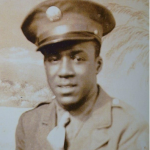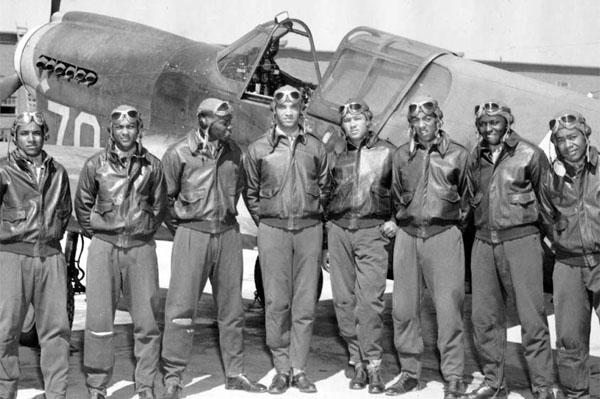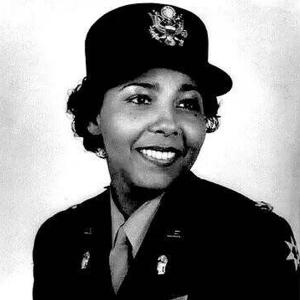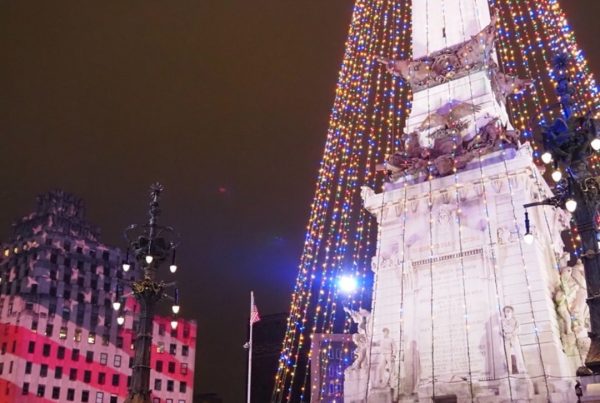As World War II began in Europe, President Franklin D. Roosevelt—under pressure from the NAACP and Black newspapers like the Chicago Defender and Pittsburgh Courier—expanded the civilian pilot training program in the United States. Not long after, the U.S. Army Air Corps (AAC) began training Black Americans at the Tuskegee Army Air Field at Alabama’s Tuskegee Institute which, notably, was founded by Booker T. Washington in the heart of the Jim Crow south.
The Tuskegee Program produced the famed Tuskegee Airmen—nearly 1,000 pilots and some 14,000 navigators, bombardiers, instructors, aircraft and engine mechanics, control tower operators, and other maintenance and support staff. And all were Black Americans. The Tuskegee Airmen flew more than 15,000 individual “sorties,” or combat missions, in Europe and North Africa during World War II. Nearly 70 of the Tuskegee Airmen were killed during WWII, and another 32 were captured as prisoners of war. Their performance earned them three Presidential Unit Citations, 50 Distinguished Flying Crosses and eight Purple Hearts. In addition, the Tuskegee Airmen are often credited with spearheading the integration of the U.S. Armed Forces.
The Beginning of an American Hero
Many of the Tuskegee Airmen hailed from the Hoosier state—including Arthur Lloyd Carter, Sr. Originally born in Houston, Texas, on Dec 7,1922, Carter relocated to Indianapolis two years later with his grandmother after the death of his parents. He attended Crispus Attucks High School and later enrolled at Indiana Central College (today known as the University of Indianapolis). But on his 19th birthday—the day the Japanese attacked Pearl Harbor—he left to enlist in the U.S. Army.

Carter was immediately recruited for the Tuskegee Airmen and began training as a pilot. And, after two attempted landing washouts—one of which resulted in a 10-day hospital stay—he was assigned the duties of an airplane mechanic. From 1942 until 1945, Carter served as an engine mechanic, while also doing double duty as an administrative clerk because he knew how to type. He was honorably discharged from the AAC in 1945.
Important Step in Racial Integration
While the Tuskegee Airmen were segregated from their white counterparts in the AAC, they received a new level of respect in the military as they served their country. As many Tuskegee Airmen were honorably discharged from the military to a segregated United States, that newly found—and well-deserved—respect was hard to come by in the late 1940s. They were not held in esteem like the rest of the Greatest Generation who had served in the war.
“Segregation was the law of the land,” Carter said in an interview with the Journal Review.
Without question, the Tuskegee Airmen didn’t receive the welcome or recognition they deserved after the war. Their mark on history, however, was far from over. They represented an important step forward in the racial integration of the military, with President Harry S. Truman’s signing of Executive Order 9981. This executive order desegregated the U.S. military—a decision certainly influenced by the Tuskegee Airman.
“My stomach turned over when I learned that Negro soldiers, just back from overseas, were being dumped out of army trucks in Mississippi and beaten,” Truman said. “Whatever my inclinations as a native of Missouri might have been, as president I know this is bad. I shall fight to end evils like this.” Several of the Tuskegee Airmen went on to have long careers in the military, including:
- George S. “Spanky” Roberts, the first Black commander of a racially integrated Air Force unit before retiring as a colonel
- Daniel “Chappie” James Jr., the nation’s first Black four-star general in 1975
And while long overdue, more than 300 of the original Tuskegee Airmen were on hand to receive the Congressional Gold Medal presented by President George W. Bush in 2007.
Carter: Leaving His Mark on Family and Community
Carter did not continue a career in the military, but he made his mark in many ways—on family, business and the community. He went on to finish an accounting degree at Indiana University, and fathered four children with his wife, Anna Grace. He worked as a tax accountant for the Internal Revenue Service and General Accounting Office, in addition to operating his own practice. He became the controller for the Indianapolis Recorder Newspaper. He was prominent in the Indianapolis community as a member of the Bachelor Benedict Club and the Indianapolis 500 Oldtimers Club. He received many honors and distinctions, including the Kappa Alpha Psi Laurel Wreath Award, Sagamore of the Wabash and a replica of the Congressional Gold Medal. Carter passed away in January 2015 at the age of 92.
Arthur Lloyd Carter, Sr. is just one of the 30 Tuskegee Airmen from Indiana—and one of 13 hailing from Indianapolis’ Crispus Attucks High School. Your Indiana War Memorials invites you to learn more about these American heroes at the Indiana War Museum. The museum is open Wednesday-Sunday, 9 a.m. – 5 p.m., and admission is free. Learn more at www.indianawarmemorials.org.




